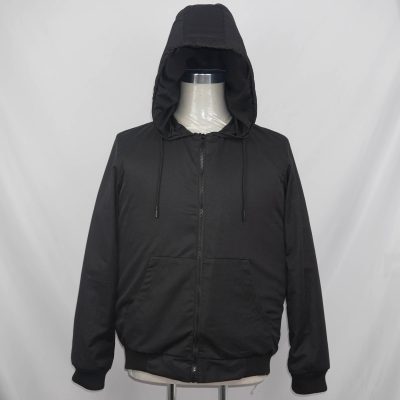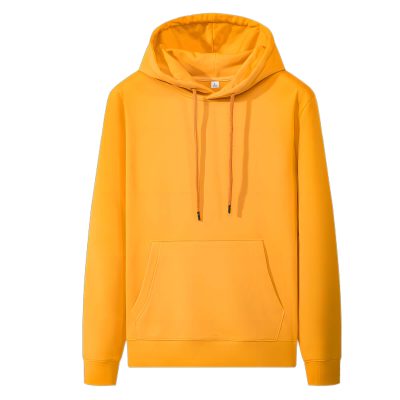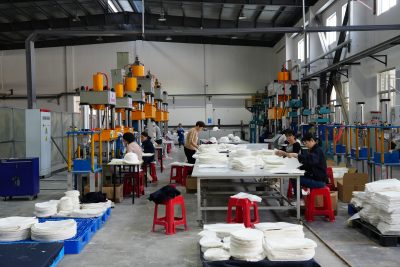
In an increasingly uncertain world, personal safety has become a paramount concern for many. This has led to a growing interest in protective measures, including bulletproof clothing and other forms of body armor. But how effective are these materials, and what advancements are being made in this critical field?
Understanding Bulletproof Clothing
Definition and Purpose
Bulletproof clothing serves a crucial role in personal safety by providing protection against ballistic threats. You might wonder how these garments came to be and their purpose today.
Historical Context
The journey of bulletproof clothing began with early experiments using silk and heavy armor. These initial attempts laid the groundwork for modern advancements. In the 1960s, DuPont introduced Kevlar, a revolutionary ballistic fabric. This invention marked a significant milestone, as Kevlar vests could stop common lead bullets like 38 Specials and 22 Long Rifle Bullets. Over time, bulletproof vests evolved in both material and design, becoming indispensable in saving lives and enhancing personal security.
Modern Applications
Today, bulletproof clothing finds applications in various fields. Law enforcement officers, military personnel, and security professionals rely on these garments for protection. You might also see civilians wearing bulletproof clothing for personal safety in high-risk areas. The versatility of these garments allows them to blend seamlessly into everyday attire, providing discreet protection without compromising style.
Key Components
Understanding the components of bulletproof clothing helps you appreciate its effectiveness and design.
Fabrics and Materials
The core of bulletproof clothing lies in its materials. Aramid fibers, such as Kevlar, play a pivotal role due to their lightweight, durable, and high tensile strength properties. These fibers efficiently absorb and disperse the energy of bullets, making them ideal for ballistic protection. Other materials like Dyneema, known for its flexibility and strength, also contribute to the effectiveness of bulletproof garments.
Design and Structure
The design and structure of bulletproof clothing ensure comprehensive coverage and comfort. Manufacturers layer ballistic materials to create a protective barrier. This layering technique enhances the garment’s ability to stop bullets while maintaining flexibility. The design often includes strategic stitching and sealing to prevent penetration and ensure durability. By focusing on both protection and comfort, bulletproof clothing allows you to move freely while staying safe.
Materials Used in Bulletproof Clothing
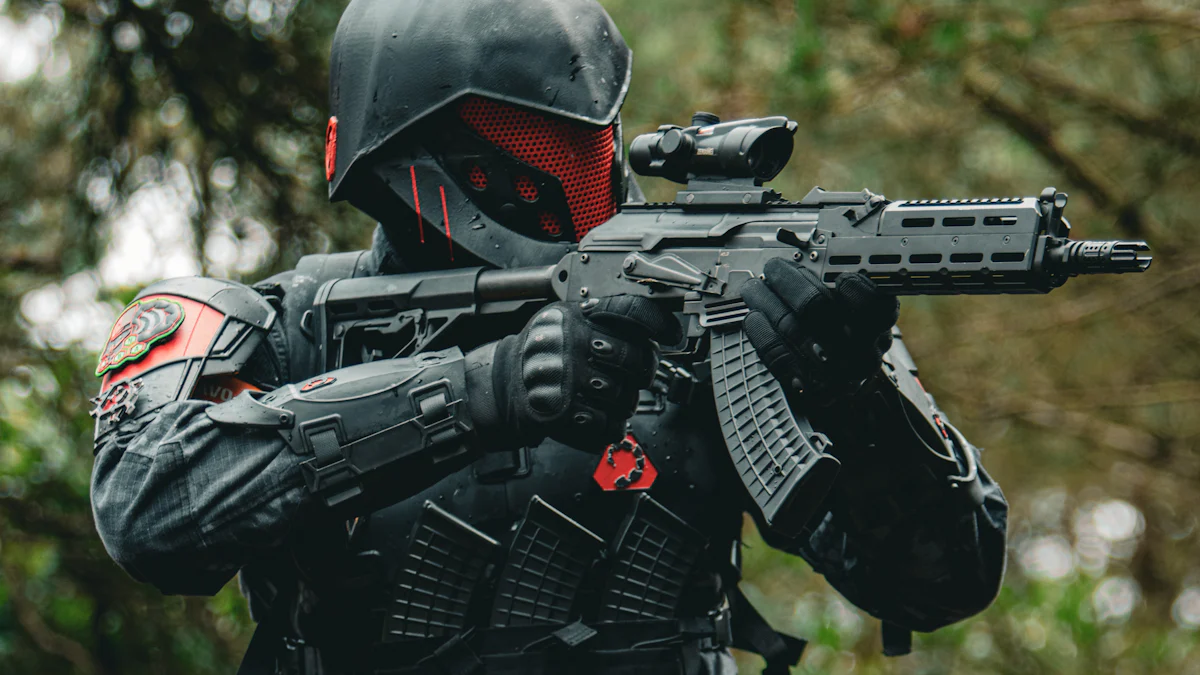
Kevlar and Aramid Fibers
Kevlar and Aramid fibers form the backbone of bulletproof clothing. These fibers possess unique properties that make them ideal for ballistic protection.
Properties and Benefits
You will find that Kevlar and Aramid fibers offer exceptional resistance to impact, abrasion, and high temperatures. Their lightweight nature ensures comfort without compromising safety. These fibers efficiently disperse the energy from bullets, providing reliable protection. Kevlar, a well-known brand of Aramid fibers, dominates the market due to its flexibility and ability to stop bullets effectively. Its high tensile strength makes it five times stronger than steel, which is why it is a preferred choice in bulletproof vests.
Manufacturing Process
The manufacturing process of Kevlar and Aramid fibers involves transforming liquid chemicals into solid fibers. This process begins with spinning the fibers from a liquid chemical blend. The fibers are then woven into fabric sheets, which are layered to create the final ballistic sheet materials. This layering technique enhances the garment’s ability to disperse the energy of bullets, ensuring comprehensive protection. The meticulous crafting process guarantees that Aramid plates work effectively in safeguarding lives.
Other Materials
While Kevlar and Aramid fibers are primary components, other materials also play a crucial role in bulletproof clothing.
Polyethylene
Polyethylene is another essential material used in bulletproof garments. Known for its strength and flexibility, it complements Aramid fibers by adding an extra layer of protection. Polyethylene fibers are lightweight and help disperse the force of impact, making them a valuable addition to bulletproof clothing.
Ceramic and Metal Inserts
Ceramic and metal inserts provide additional protection against high-caliber ammunition. These materials are often used in conjunction with Aramid fibers to enhance the garment’s ballistic resistance. Ceramic inserts are particularly effective in stopping armor-piercing rounds, while metal inserts offer durability and strength. By incorporating these materials, manufacturers ensure that bulletproof clothing can withstand a wide range of ballistic threats.
The Crafting Process of Bulletproof Clothing
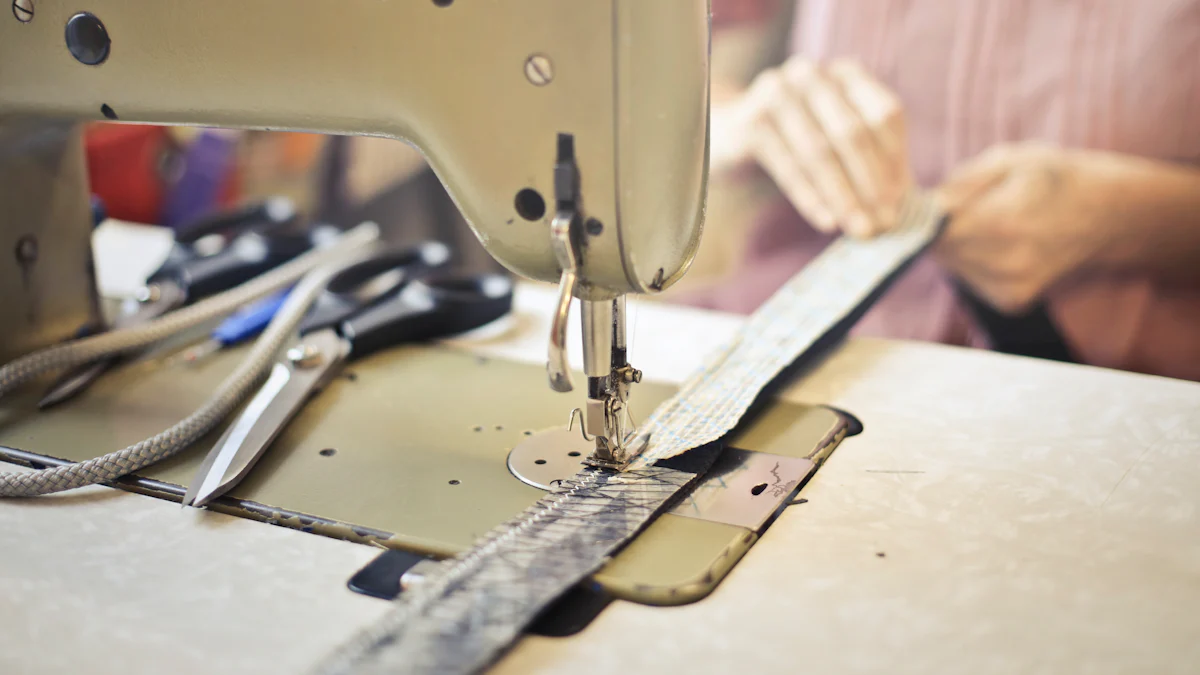
Creating effective bulletproof clothing involves several crucial steps. Each step ensures that the garment provides optimal protection while maintaining comfort and style.
Designing the Garment
Pattern Making
When you make bulletproof clothing, pattern making is the first step. Designers create precise patterns to ensure the garment covers vital areas. These patterns guide the cutting of materials, ensuring that each piece fits together perfectly. This meticulous process helps in dispersing the energy of a bullet across the garment, reducing the risk of internal injuries.
Customization Options
Customization plays a vital role in armored clothing. You can choose from various styles, colors, and fits to suit your needs. This flexibility allows for personalized protection, ensuring that the garment not only protects but also matches your lifestyle.
Assembling the Layers
Layering Techniques
The assembly of layers of ballistic material is key to effective bulletproof clothing. Manufacturers use multiple layers to disperse the energy of an impact. Each layer works together to absorb and spread the force, minimizing the risk of penetration. This technique enhances the garment’s ability to protect against different levels of threats.
Stitching and Sealing
Stitching and sealing are critical in the crafting process. Skilled workers stitch the panels together, ensuring that the seams are strong and secure. Sealing techniques prevent any gaps, maintaining the integrity of the garment. This attention to detail ensures that the clothing can withstand various impacts and provide reliable protection.
At PivotalBodyArmor, experts continuously research and develop new materials and designs to enhance performance. This commitment to innovation ensures that bulletproof clothing remains at the forefront of safety technology.
By understanding these steps, you gain insight into how manufacturers make bulletproof clothing that is both effective and comfortable. The combination of precise design and advanced materials ensures that you stay protected without sacrificing style.
Testing and Standards in Bulletproof Clothing
Ensuring the safety and effectiveness of bulletproof clothing involves rigorous testing and adherence to established standards. These processes guarantee that the clothing you wear provides reliable protection against ballistic threats.
Safety and Performance Tests
Ballistic Testing
Ballistic testing plays a crucial role in evaluating bulletproof clothing. Manufacturers conduct these tests to assess how well the clothing can withstand bullets. The tests simulate real-world scenarios, ensuring that the clothing can absorb and disperse the energy from various calibers. By doing so, they verify that the ballistic panels effectively protect vital areas.
The National Institute of Justice (NIJ) sets the benchmark for these tests. Their standards, such as the NIJ Standard-0101.06, rate bulletproof vests on their ability to prevent penetration and reduce blunt trauma. This ensures that the bulletproof vests worn today meet stringent safety requirements.
Certification Standards
Certification standards provide a framework for evaluating bulletproof clothing articles. The NIJ Compliant List includes clothing that has passed rigorous certification testing. This list helps you identify products that meet high safety standards. Bulletproof clothing manufacturers must adhere to these guidelines to ensure their products offer reliable protection.
Quality Assurance
Inspection Procedures
Quality assurance involves thorough inspection procedures. Manufacturers examine each piece of clothing to ensure it meets design specifications. They check the stitching and sealing of ballistic panels to maintain integrity. This meticulous process ensures that every bulletproof jacket and vest offers consistent protection.
Compliance with Regulations
Compliance with regulations is essential for bulletproof clothing manufacturers. They must follow legal requirements to produce clothing made for safety. By adhering to these regulations, manufacturers ensure that bulletproof clothing consists of materials that provide optimal protection. This compliance guarantees that the clothing you choose is both safe and effective.
The commitment to quality and safety in bulletproof clothing ensures that you receive reliable protection. By understanding these standards, you can make informed decisions about the clothing you wear for personal safety.
Innovations and Future Trends in Bulletproof Clothing
Technological Advancements
Smart Fabrics
You might be curious about how smart fabrics are transforming bulletproof clothing. These fabrics integrate technology to enhance protection and comfort. Researchers are exploring artificial spider silk and nanotechnology to create fibers that are super-strong, light, and flexible. This innovation aims to make bulletproof garments more breathable and effective. Imagine wearing a jacket that not only protects you but also adapts to your movements seamlessly.
Lightweight Solutions
The quest for lighter body armor continues to drive innovation. Companies are developing materials like graphene and polymer nanocomposites. These materials promise to reduce the weight of bulletproof clothing without sacrificing protection. You can expect future garments to offer the same level of ballistic resistance while being more comfortable to wear. This advancement is crucial for those who need to wear body armor for extended periods.
Environmental Considerations
Sustainable Materials
Sustainability is becoming a key focus in the production of bulletproof clothing. Manufacturers are looking into eco-friendly materials that maintain high ballistic protection. By using sustainable resources, they aim to reduce the environmental impact of producing body armor. This shift not only benefits the planet but also aligns with the growing demand for environmentally responsible products.
Recycling and Disposal
Recycling and proper disposal of bulletproof clothing are gaining attention. As technology evolves, older garments need replacement. Manufacturers are developing methods to recycle materials like Kevlar and polyethylene. This process minimizes waste and ensures that obsolete body armor doesn’t harm the environment. By choosing products from companies committed to recycling, you contribute to a more sustainable future.
The future of bulletproof clothing looks promising with these innovations. By embracing new technologies and sustainable practices, manufacturers are setting the stage for safer and more environmentally friendly body armor.
Customization and Maintenance of Bulletproof Clothing
Personalization Options
When choosing bulletproof clothing, you have the opportunity to tailor it to your specific needs. Personalization ensures that your Bullet Proof Jacket or Casual Bullet Proof Hoodies not only protect but also fit comfortably.
Fit and Comfort
A perfect fit enhances both protection and comfort. You can customize your body armor to accommodate different body types and sizes. This ensures that the vest or jacket covers vital areas effectively. Tailoring options allow for adjustments, providing a snug fit that doesn’t restrict movement. Comfort is key, especially if you wear body armor for extended periods.
Aesthetic Choices
Style matters, even in protective gear. You can choose from various colors and patterns to match your environment or uniform requirements. Whether you prefer a sleek black vest or a camouflaged jacket, customization options let you express your style while staying protected. Adding pockets, pouches, or MOLLE webbing enhances functionality, allowing you to carry essential gear with ease.
Care and Maintenance
Proper care extends the life of your bulletproof clothing. Following maintenance guidelines ensures that your armor remains effective and ready for use.
Cleaning Guidelines
Regular cleaning is crucial for maintaining your body armor. Use a soft cloth and mild soap to clean the outer carrier. Avoid submerging the ballistic panels in water. Instead, wipe them gently to remove dirt and sweat. Always follow the manufacturer’s guide for specific cleaning instructions to avoid damaging the materials.
Storage Tips
Storing your bulletproof clothing correctly prevents damage. Keep your armor in a cool, dry place away from direct sunlight. Avoid folding the ballistic panels, as this can weaken their structure. Hanging your vest or jacket helps maintain its shape and ensures it’s ready for immediate use. Proper storage practices preserve the integrity of your body armor, ensuring reliable protection when needed.
At HWIN, experts provide detailed maintenance guidelines to help you keep your armor in top condition. By following these tips, you ensure that your bulletproof clothing offers maximum protection and longevity.
In exploring how bulletproof clothing is crafted, you’ve learned about the essential materials and processes that ensure safety. The demand for such armor continues to rise, driven by growing awareness of personal security. As more retailers offer these products, you can expect innovations in design and technology. Future trends point towards lighter, more sustainable armor solutions. By staying informed, you can make educated choices about your protection needs. Remember, the right armor not only safeguards but also enhances your confidence in various environments.

